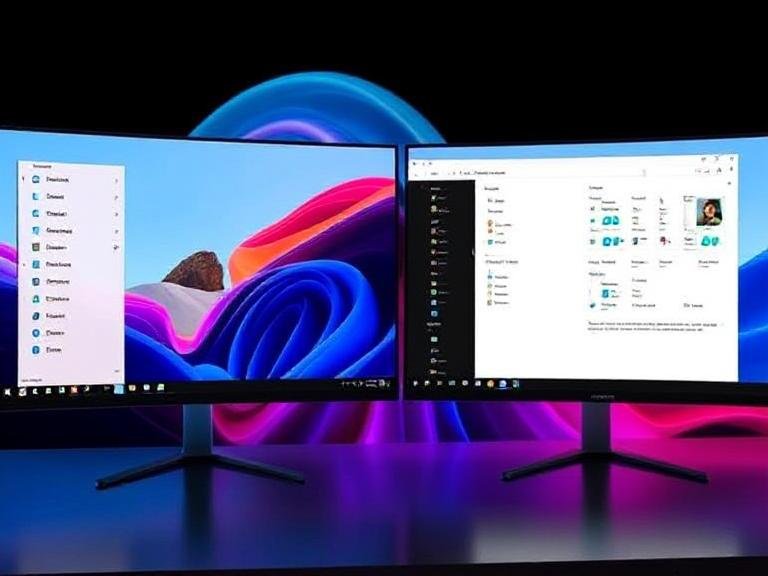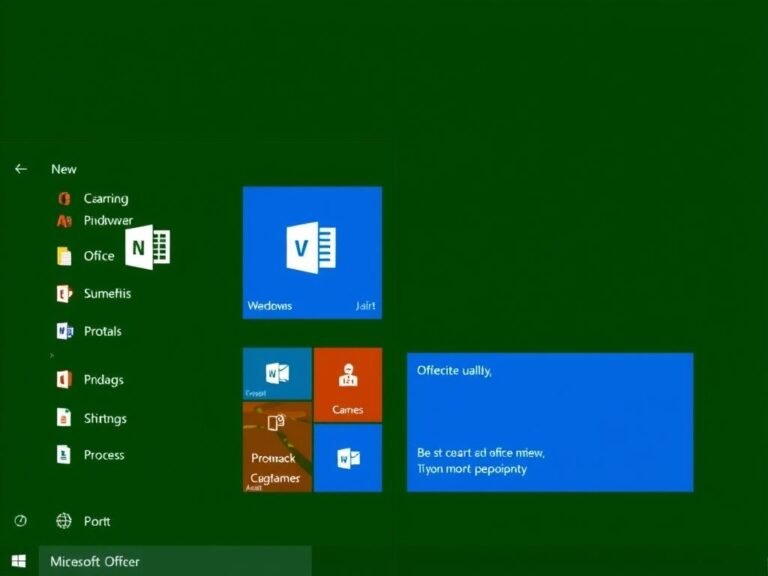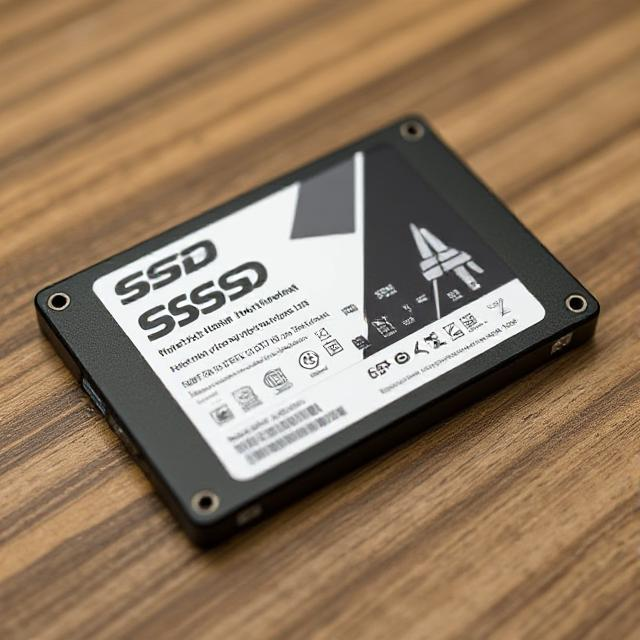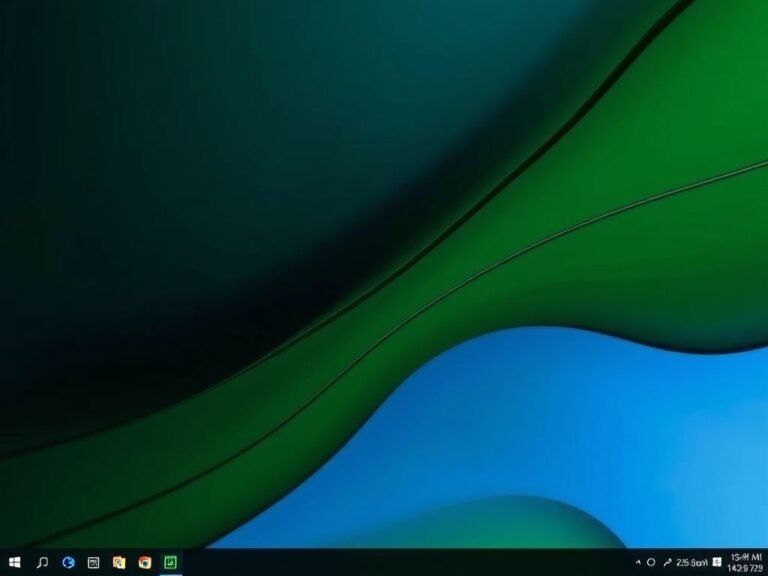A Game-Changing Update for Android Chrome Users
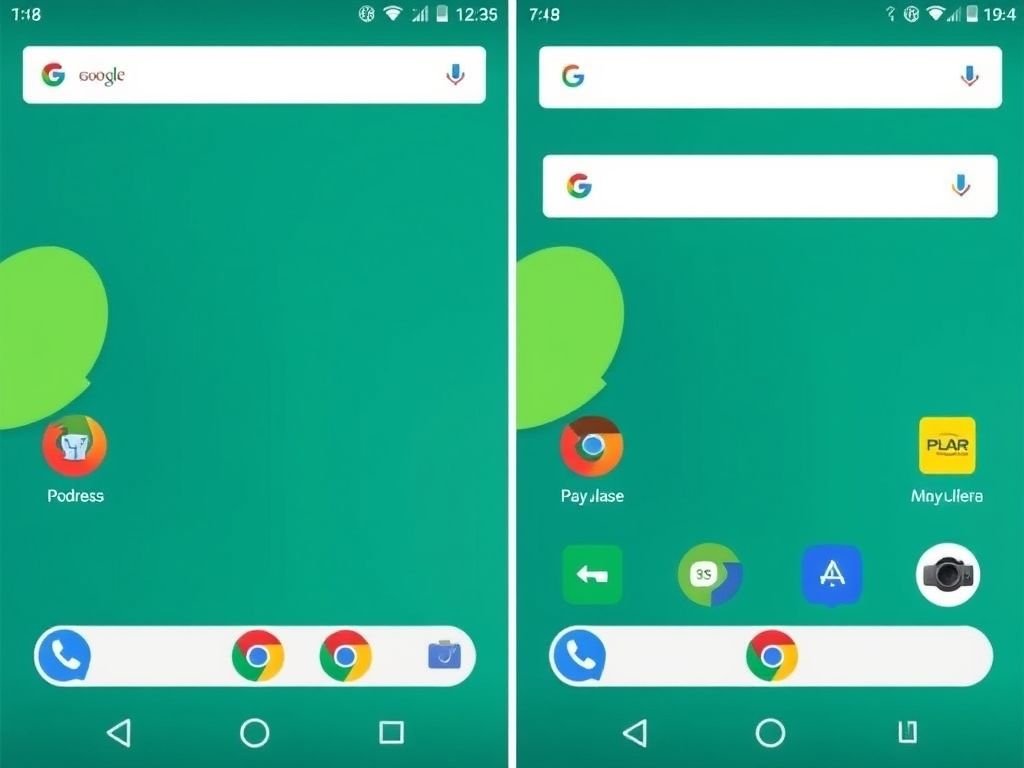
A Game-Changing Update for Android Chrome Users
Google has quietly introduced a small but meaningful update to Chrome for Android. The change gives users more control over one of the most-used elements in the browser: the address bar.
Now, you can choose whether to place the address bar at the top or bottom of your screen — depending on your preference and how comfortable it is to use with your hand size.
This feature is currently rolling out to Android users and will become widely available in the coming weeks. To access it, simply long-press the address bar , then select the option to “Move address bar to bottom.” Alternatively, you can also adjust this setting by navigating to Settings > Address bar within Chrome.
Why This Change Matters
In a short statement, Google explained that the update was designed with user comfort in mind:
“Depending on the size of your hand and your device, one address bar position may feel more comfortable than the other. We designed this update to give you the flexibility to choose your preferred location — so you can browse with more ease.”
The address bar is a central part of the browsing experience. It’s where you type URLs, perform searches, and navigate between pages. Since its introduction on Android in 2012, the address bar had remained fixed at the top of the screen — until now.
Over the years, Google has added several enhancements to the address bar, such as the ability to hide it while scrolling up, giving users more space to view web content.
A Long Time Coming
While this might seem like a minor change, it’s one that many users have been asking for — especially those who use their phones with one hand or find reaching the top of large screens inconvenient.
Interestingly, this isn’t the first time Chrome has tested a bottom-aligned address bar. Google briefly experimented with the idea in the past, and even brought the feature to Chrome for iOS , where users could toggle between top and bottom positions.
It’s worth noting that other browsers, including Safari , have offered similar options since 2021. Even the now-discontinued Windows Phone had this functionality back in 2012.
So while it may have taken longer than expected, this latest update finally brings Chrome in line with modern browsing expectations on Android.
Sometimes, the smallest updates make the biggest difference. By giving users the freedom to reposition the address bar, Google is making Chrome more accessible and easier to use — especially for those who prefer single-handed navigation.
As this update continues to roll out, more users will be able to enjoy a browsing experience that better suits their needs.

